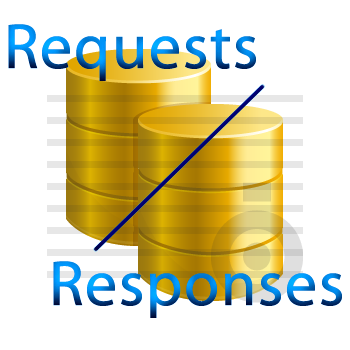 In this post, I am going to talk about a concept called R/R Architecture which is currently dubbed by Internet analysts as a “possible future Internet Framework”.
In this post, I am going to talk about a concept called R/R Architecture which is currently dubbed by Internet analysts as a “possible future Internet Framework”.
What’s R/R Architecture all about?
R/R stands for Requests and Responses which is the core of two-way communication. For computers, R/R is the basic pair of processes just like I/O (Input and Output). However, R/R Architecture can also be very useful in Social Networks which simply means that we can move the hardware processes to the Internet.
Objectives:
So what’s a complete cycle of social web communication on the Internet? Examples includes publishing a blog post, updating a status, uploading a media file, sharing with friends, etc. These are known as read-write communications as they are directional processes which can completed by only one user. But R/R Architecture produces two-way-writing communications, such as posting and answering a question and a customer making an order and the merchant receives the payment. They must be done by both parties, that means if you only ask but no one answer, then the process is not completed.
So R/R Architecture is the way for two-way-writing communications instead of traditional read-write communications.
Features:
Imagine a social Q&A platform with all features of R/R Architecture:
- More social: If you ask a question but no one answers, then the process is not completed. Thus, the platform must be optimized for answering. They can make use of friends’ relationships to increase the chances for every question to be answered. As a result, this boosts the socialization level.
- Higher quality of information: In today’s traditional social web, only one way is required, and everyone is able to publish anything. On the other hand in R/R web, if one request is responded, it can prove that the request is high-quality. With the limits of R/R itself, the overall quality of the website will be much higher.
- Nearer to human beings: What’s a conversation? Both parties are talking can make up a conversation. So there must be two-way-writing communication to produce conversation in social web. Then R/R Architecture will be nearer to human beings on the Internet.
Conclusion:
People are always creating more and more new Internet concepts, such as Social Networks, Semantic Web, etc. But I still believe that an information without any relationships is meaningless. For the past decade or so, we have created lots of useless information, just like when we publish blog posts but unfortunately no one comments on them.
R/R Architecture can change all these situations, as it can create lots of new and good changes for the Internet. So I called this the future Internet Framework.